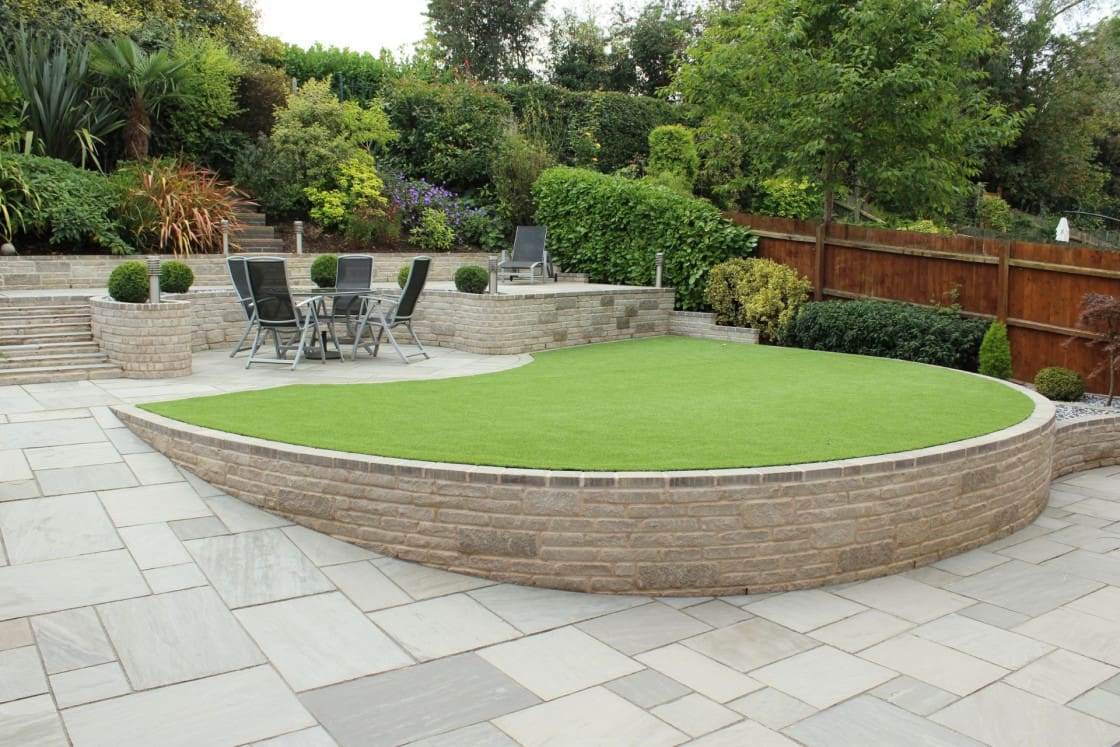Beating The Boredom – Gardening Whilst Self-Isolating


So you’ve been considering adding some turf to your garden space, but can’t decide whether artificial or real grass would best suit your needs. It’s a challenging decision, as both have definite pros and cons.
While everyone loves the aroma of freshly cut grass in the Spring and Summer, it’s important to think of your individual household needs as well as the practicalities. Sure, a beautifully maintained grass lawn will always look attractive, but the unpredictable British climate does tend to create muddy waterlogged patches. If you have pets that are forever spreading their muddy pawprints on your kitchen floor and soft furnishings, that’s another reason to think carefully.
Artificial grass has seen a surge in popularity, probably for the very reasons we’ve already highlighted. In addition, it’s quick and easy to install, comes in a range of textures and shades, keeps its colour and appearance all year, and requires little to no maintenance. It’s also pet-friendly, durable enough to withstand the onslaught of footballs and outdoor games, and being artificial, you’ll never have to worry about traditional chemicals and toxins generally used on real lawns. In short, it’s family-friendly, so what’s not to like?
Potential downsides to bear in mind are the initial financial outlay and actually deciding when the best time would be to install your artificial grass lawn. Summer may seem ideal, but with the children home from school and under your feet, is that really such a wise choice? In the winter, you may run the risk of damaging plants, plus it’s really best for the soil to be dry so that the adhesive for your new artificial grass gets a chance to bond properly.
Do you have the time and energy to maintain a real grass lawn? All too easily they can easily become either dry and unloved, or a sodden mass of squelchy mud. However, if you’re prepared to put in a little extra effort, you’ll soon reap the benefits of a beautiful outdoor space for everyone to enjoy. You can even divide off certain areas, perhaps make a compost area, an area for outdoor play equipment or a vegetable plot, which perhaps you may not be able to do as easily with artificial grass.
The environmental element is another factor to bear in mind here. Real grass is a living habitat, produces oxygen, and is an aid to keeping stormwater under control – something which artificial grass isn’t as equipped to do in quite the same way. Real grass creates a tranquil, soothing atmosphere, it’s an important part of nature – and let’s face it, there really is something about that freshly cut aroma, isn’t there?
So, having shared a few thoughts to consider when deciding whether to go for artificial grass or a new freshly laid lawn, do remember that it’s by no means a one-size-fits all decision. You might even like to compromise and section off a dedicated space of artificial lawn for the children, whilst keeping a traditional grass lawn for the majority of your garden.
Ready to transform your family garden? Call our design team on 0116 210 0760 today.